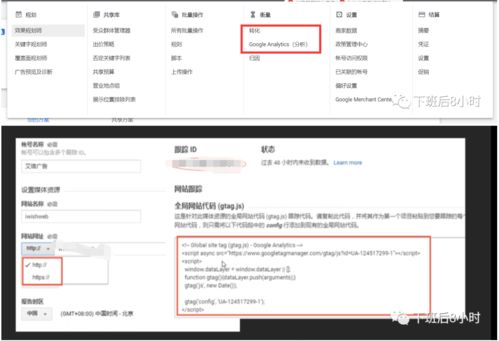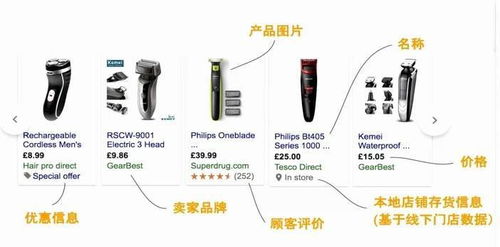Understanding Google Ads: A Comprehensive Guide

Google Ads, also known as Google AdWords, is a powerful online advertising platform that allows businesses to promote their products and services to a vast audience. Whether you’re a small startup or a large corporation, Google Ads can help you reach potential customers across the globe. In this detailed guide, we’ll explore the ins and outs of Google Ads, covering everything from account setup to campaign management.
Account Setup

Before you can start running ads on Google Ads, you need to create an account. Here’s a step-by-step guide to help you get started:
- Visit ads.google.com and click on “Start now.”
- Sign in with your Google account or create a new one.
- Choose your business type and industry.
- Set up your payment method and billing information.
- Confirm your account details and you’re ready to go!
Understanding Campaigns

A campaign is a collection of ad groups that share a budget, location, and other settings. Here’s what you need to know about campaigns:
- Campaign Types: Google Ads offers various campaign types, including Search, Display, Shopping, Video, and App campaigns. Each type is designed to help you achieve specific goals, such as driving traffic to your website or generating leads.
- Ad Groups: Ad groups are a set of ads that share the same budget and settings. They are organized around a specific theme or product line.
- Keywords: Keywords are the words or phrases that trigger your ads to appear when users search for them. It’s crucial to choose relevant keywords to ensure your ads reach the right audience.
Creating Ads
Once you’ve set up your campaigns and ad groups, it’s time to create your ads. Here are some tips for creating effective ads:
- Headline: Your headline should be catchy and informative, highlighting the benefits of your product or service.
- Text: Use compelling text to persuade users to click on your ad. Keep it concise and focused on your message.
- Call-to-Action (CTA): Encourage users to take action by including a strong CTA, such as “Shop Now” or “Learn More.”
Setting Your Budget
One of the most important aspects of Google Ads is setting your budget. Here’s what you need to know:
- CPC (Cost Per Click): This is the amount you pay each time someone clicks on your ad. Set a budget that aligns with your marketing goals and budget.
- Bid Strategy: Choose a bid strategy that works best for your campaign. Google Ads offers various bid strategies, such as manual CPC, automated CPC, and enhanced CPC.
- Budget Allocation: Allocate your budget across different campaigns and ad groups to ensure your ads reach the right audience.
Monitoring and Optimizing Your Campaigns
Once your campaigns are live, it’s essential to monitor their performance and make adjustments as needed. Here’s how to do it:
- Performance Metrics: Track key performance metrics, such as clicks, impressions, click-through rate (CTR), and conversion rate.
- Keyword Analysis: Analyze your keywords to identify which ones are performing well and which ones need improvement.
- A/B Testing: Test different versions of your ads to determine which ones are most effective.
- Adjusting Your Budget: Reallocate your budget to campaigns and ad groups that are performing well.
Additional Tips
Here are some additional tips to help you get the most out of Google Ads:
- Target Your Audience: Use demographic, geographic, and interest-based targeting to reach your ideal customers.
- Use Ad Extensions: Ad extensions can provide additional information about your business, such as your phone number, location, and more.
- Leverage Google Analytics: Use Google Analytics to track the performance



